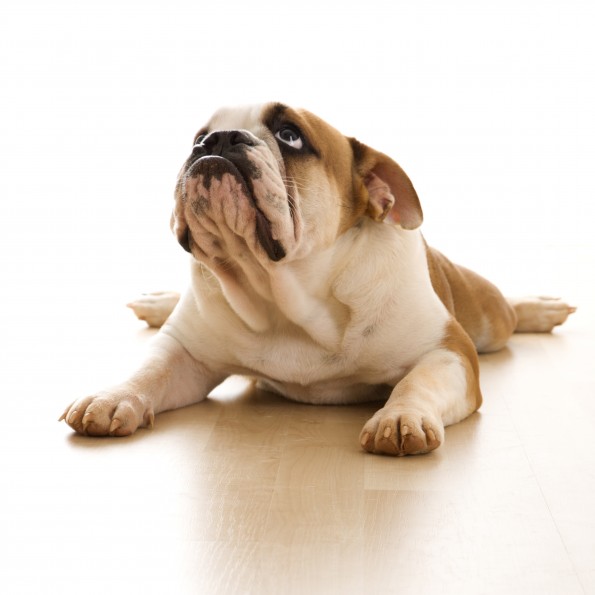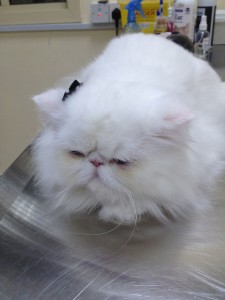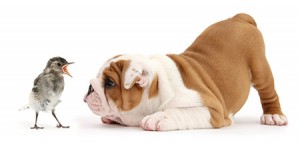
Air Travel for Brachycephalic Dogs and Cats
The term refers to the following type of breeds and their crosses:
Cats: Burmese, Exotic, Himalayan, Persian
Dogs: (mainly pure breeds of snub nosed dogs) American Saffordshire Terrier, Boston Terrier, Boxer, Brussels Griffin, Bull Mastiff, Bull Terrier, Chinese Pug, Chow Chow, English Bulldog, King Charles Spaniel, French Bulldog, Lhasa Aspro, Japanese Chin, Pekingese, Pug, Shar-Pei, Shih Tzu, Staffordshire Bull Terrier, Tibetan Spaniel, American Bull dog, Pitt Bull Terrier, Bulldog, and Japanese Boxer
Brachyephalics, sometimes referred to as snub or short nosed breeds, have some anatomical (structural) differences compared to other dogs and cats. These differences predisposes them to brachycephalic airway syndrome. When these pets are stressed, or in hot or humid conditions, they frequently have increasing respiratory difficulties. When they are in stressful conditions, or are exposed to high heat and humidity, they often suffer from heat stroke and are unable to ventilate. Once they are in a crisis, these pets require emergency care to stabilize them.
 These breeds have four abnormalities. The first is referred to as an overly long soft palate (the palate separates the oral and nasal cavities and in these pets and there is excess tissue getting in the way of normal breathing). The second is stenotic nares (narrow nostrils). The third is called tracheal stenosis (narrow windpipe). Finally they suffer from everted laryngeal saccules (little sacs which evert over time due to ongoing breathing difficulties). These characteristics, make these pets more susceptible to breathing difficulties, often brought on by stress, heat and humidity. This can put them at greater risk when they are traveling by air. Subsequent to ongoing respiratory difficulties, the syndrome can get worse as the pet gets older. Surgery is often the best option to prevent a crisis or death.
These breeds have four abnormalities. The first is referred to as an overly long soft palate (the palate separates the oral and nasal cavities and in these pets and there is excess tissue getting in the way of normal breathing). The second is stenotic nares (narrow nostrils). The third is called tracheal stenosis (narrow windpipe). Finally they suffer from everted laryngeal saccules (little sacs which evert over time due to ongoing breathing difficulties). These characteristics, make these pets more susceptible to breathing difficulties, often brought on by stress, heat and humidity. This can put them at greater risk when they are traveling by air. Subsequent to ongoing respiratory difficulties, the syndrome can get worse as the pet gets older. Surgery is often the best option to prevent a crisis or death.
Many airlines who out of concern for the pets and their families, decline these breeds on board. In Doha this includes Qatar Airways and their list of banned breeds can be found at the top of this article. Many airlines worldwide, adhere to this policy. Others offer to accommodate these breeds only at certain times of year, with an acknowledgement and indemnity form required by the owner, waiving responsibility for any problems with the pet during transport. However, as pets are a member of the family, it is a very complicated decision for owners when they must move. Owners often find it very hard to appreciate that airlines and shippers, are genuinely concerned for the pets, and not trying to separate them from their families. It can be extremely stressful for both airlines and ground services, when trying to accommodate these sensitive fragile little guys.
For airlines that allow these breeds, it is very important to exercise caution at every turn.
Brachycephalic breeds should travel in crates that are well ventilated on all sides. Their travel crates should be a minimum of 10% larger than normal requirements for the pet traveling. This will improve their ability to ventilate well.
The animal should have lots of time to acclimatise to the new crate well prior to the date of travel. Allowing them to sleep in the crate, placing treats inside, or their favourite toy will help. Some pet pheromone sprays for the crate area such as feliway or adaptil, or calming sprays such as pet remedy may help in this process. In order for the pet to get used to and feel comfortable in their new crate, car trips outside the home, with the pet in the crate should be taken, well prior to the day of travel.
 The most direct travel plans or routes should be selected, and the time of year chosen carefully when traveling to or from very warm and humid countries. Night flights may provide more acceptable temperatures and should be chosen whenever possible. Please be very careful, and plan well ahead, as when the pet must take more than one flight, transit points can be stressful. Again this should be selected with care. Both before and after the flight, the pet must be offered water, and remain in a quiet, well ventilated area.
The most direct travel plans or routes should be selected, and the time of year chosen carefully when traveling to or from very warm and humid countries. Night flights may provide more acceptable temperatures and should be chosen whenever possible. Please be very careful, and plan well ahead, as when the pet must take more than one flight, transit points can be stressful. Again this should be selected with care. Both before and after the flight, the pet must be offered water, and remain in a quiet, well ventilated area.
Veterinarians may be asked to produce a certificate indicating a pet is fit to fly. This can be very challenging, and difficult to determine or guarantee, as often times it is not just the anatomical concerns, but the way each pet handles stress and a changing environment.









